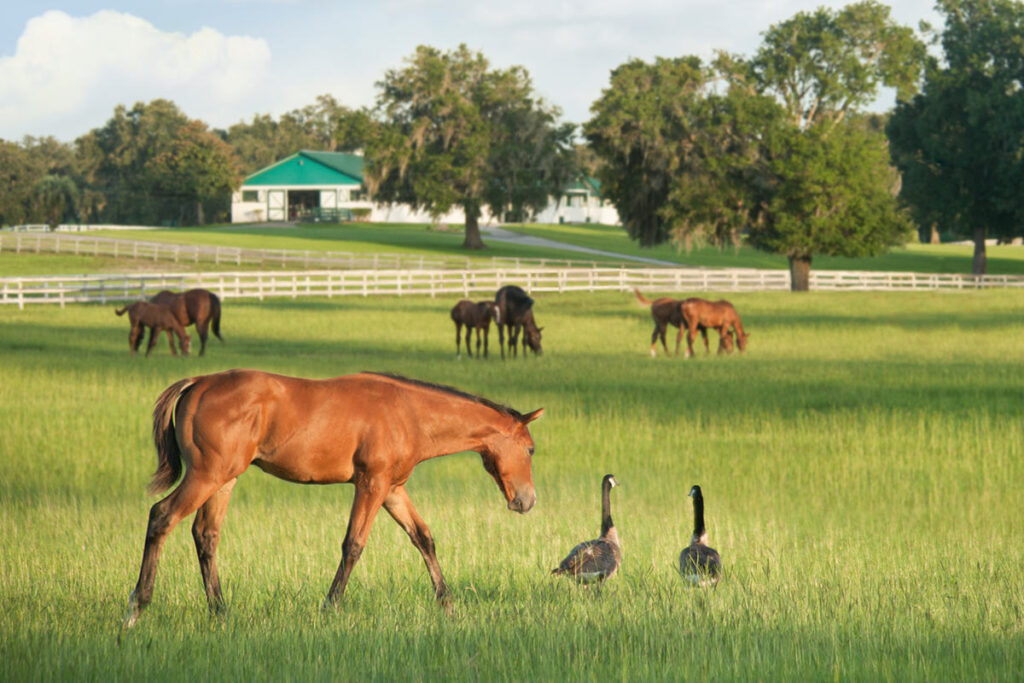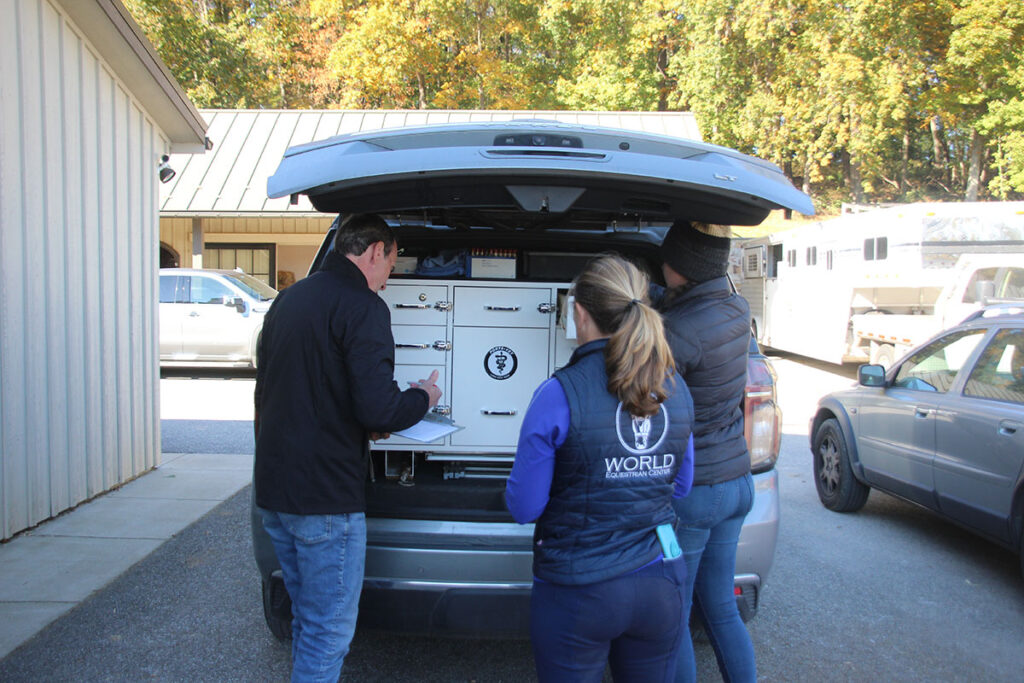
Stop the Spread of Equine Infectious Disease
Learn how equine veterinary clinics institute strict biosecurity measures to contain, prevent, and control disease outbreaks.

Learn how equine veterinary clinics institute strict biosecurity measures to contain, prevent, and control disease outbreaks.

Here’s what scientists know about avian influenza and how it might affect horses.

Veterinarians can guide horse owners in choosing supplements by assessing diet first, identifying the horse’s needs, and then recommending evidence-based ingredients.

West Nile virus, now endemic on most continents, causes deadly neurological disease in horses, with vaccination remaining the only effective prevention.

During the 2024 AAEP Kester News Hour experts shared new research on equine genetics, atrial fibrillation detection, neck pain, and updated EHV guidelines.

Researchers are exploring CBD’s potential to reduce joint pain in horses through a multiphase study on its efficacy.

Changing antibiotic prescribing habits can be challenging for practitioners, but small steps, peer support, and stewardship guidelines can improve antimicrobial use.

Learn why experts are questioning routine antibiotic use in equine orthopedic surgery and how alternative strategies can help reduce infection risk.

Reserve antibiotics in equine reproduction for proven infections, not routine use. Vets should utilize alternative treatments to reduce AMR risk when possible.

To reduce antibiotic use in equine practice, vets should limit prophylactic treatment and prescribe only for confirmed infections.

One expert calls antimicrobial resistance a threat to global horse health. Here’s how equine vets can improve diagnostics and use antibiotics wisely to combat this crisis.

Learn how to prevent shoe loss caused by farrier error, rider issues, management style, or horseplay.

Consider the benefits of including veterinarians in your horse’s preventive care this spring.

Read about the steps veterinarians and farriers take to identify, evaluate, and treat riding horses’ hoof problems.

Researchers say this method of extracting horses’ cheek teeth could reduce complications during and after surgery when traditional extraction methods fail.

Review the latest research findings on how different horseshoes affect hooves in The Horse‘s 2024 Research Roundup issue.
Stay on top of the most recent Horse Health news with
Notifications